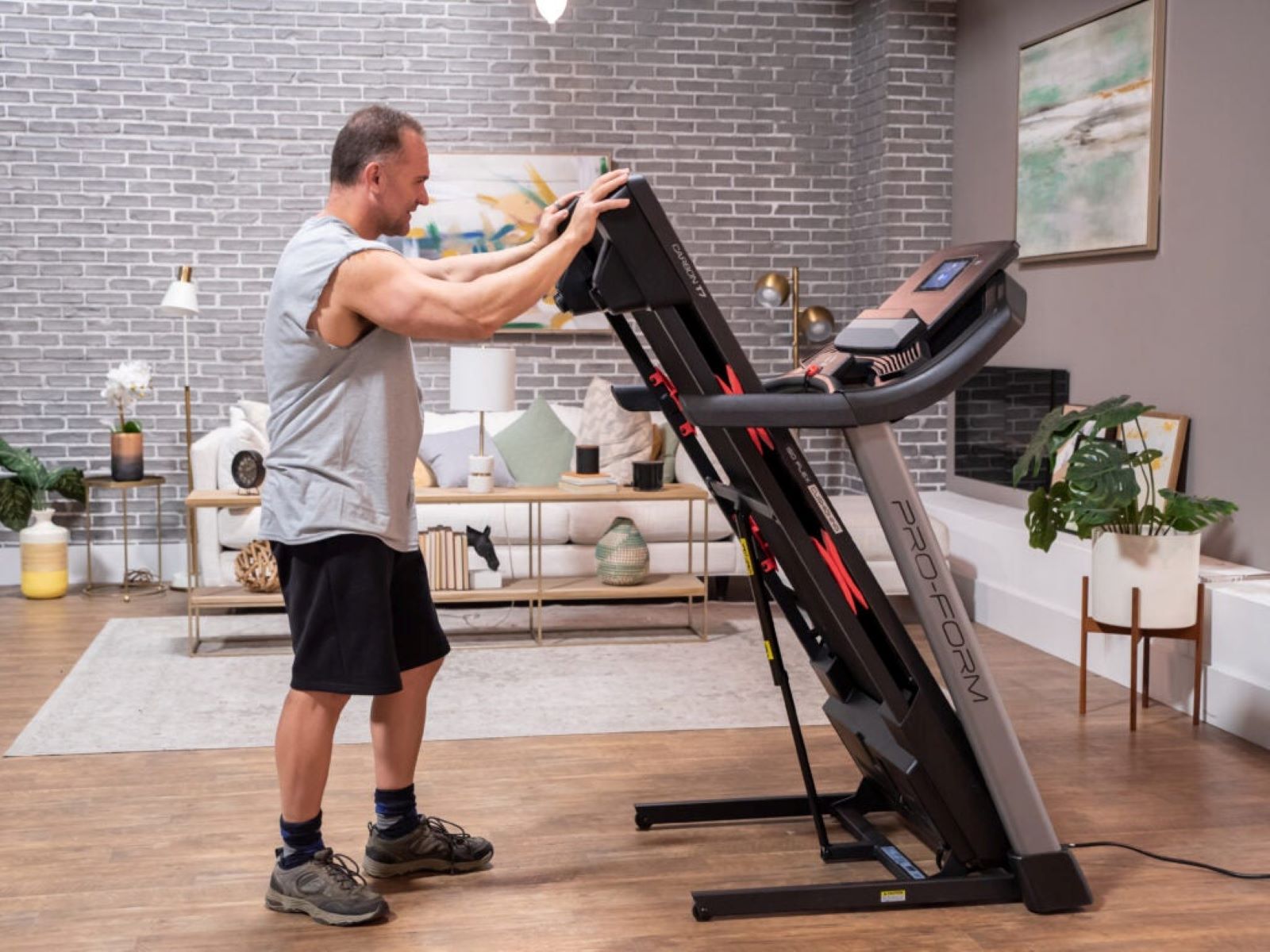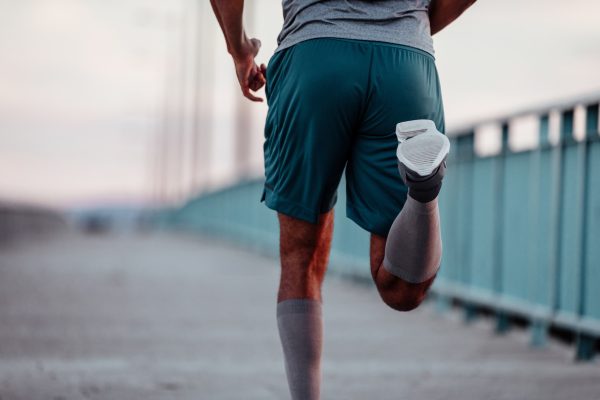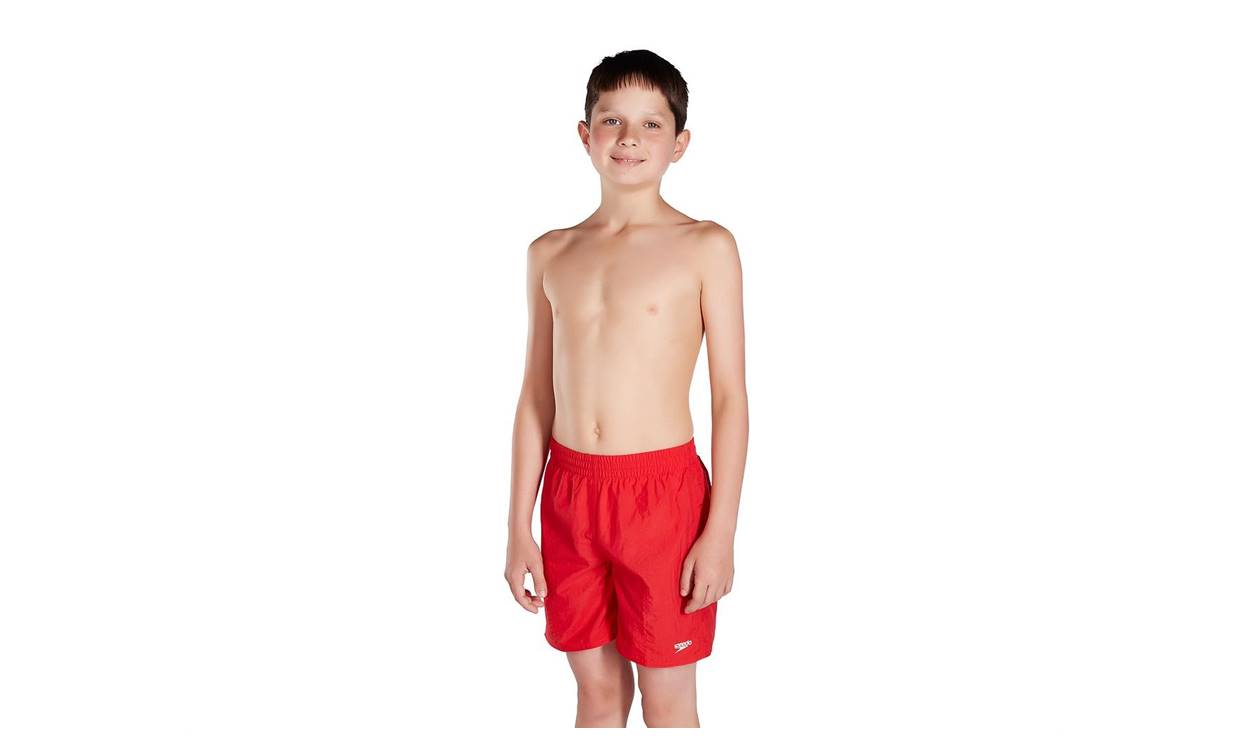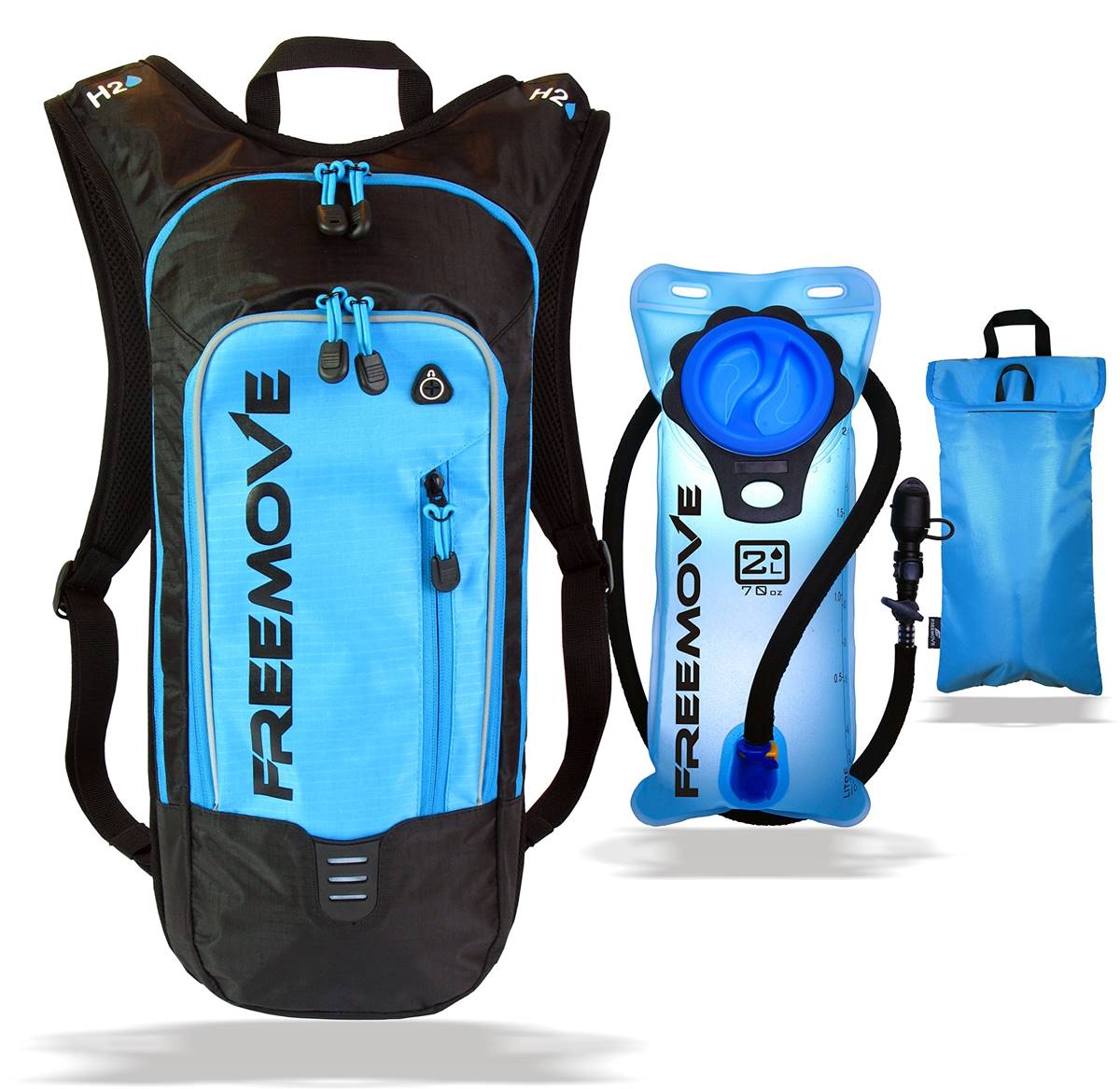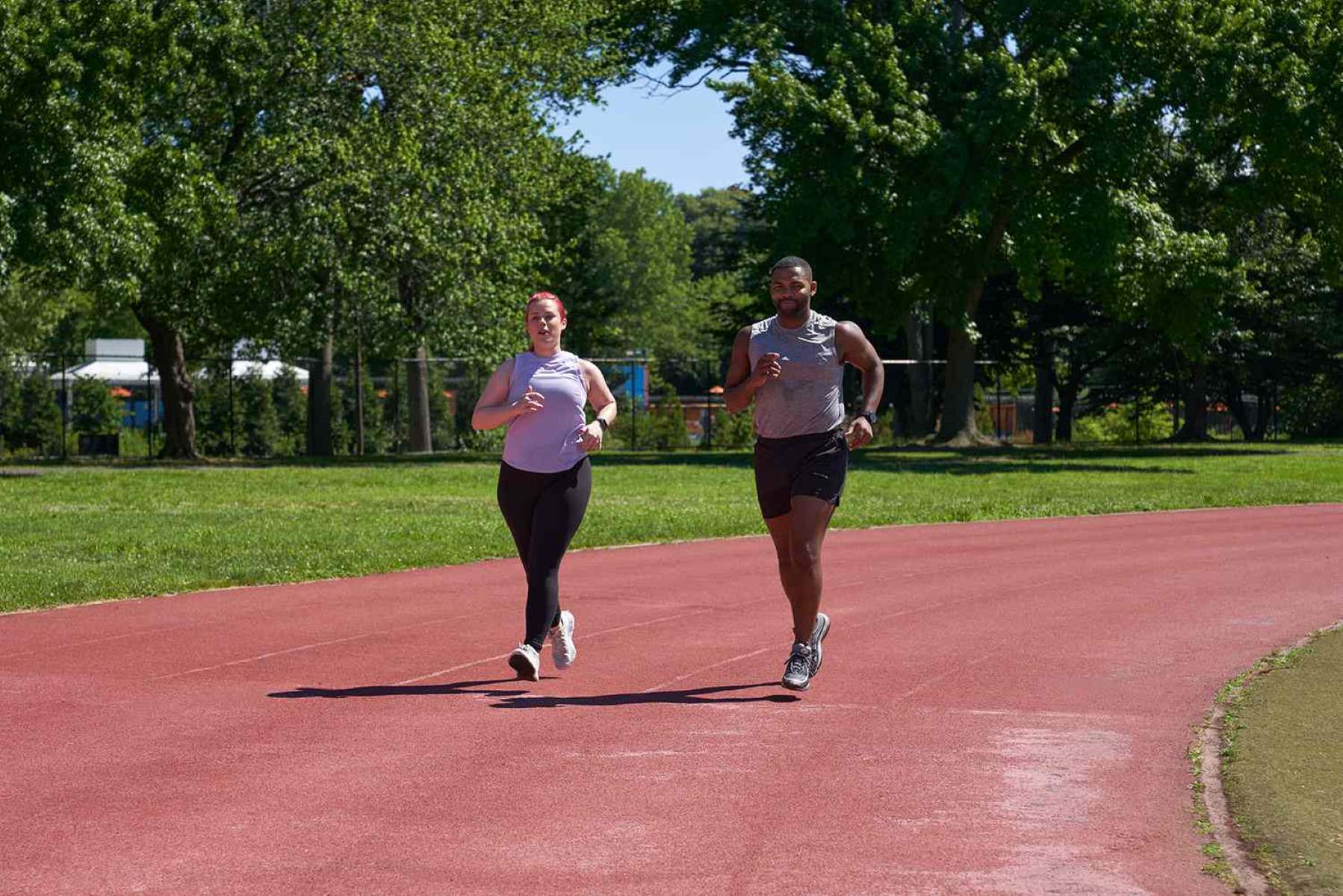Home>Running Culture>Culture>How Do You Carry Things While Running
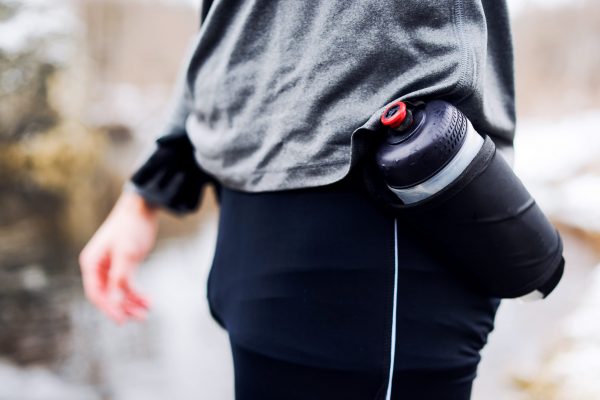
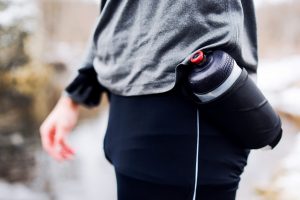
Culture
How Do You Carry Things While Running
Modified: January 22, 2024
Discover effective ways to carry items while running with this comprehensive guide. Explore various carrying methods to safely and comfortably transport essentials like keys, phone, water, and energy gels.
Running is a liberating experience. With the wind in your hair and the ground beneath your feet, it offers an opportunity to connect with the world around you in a fundamentally visceral way. However, the minimalist nature of running can pose a unique set of challenges. One such challenge is figuring out how to carry essentials with you during your run. This article will explore various solutions that can help you keep your necessities within reach without sacrificing your running form or comfort.
Understanding the Need to Carry Things While Running
Before delving into the various ways to carry things while running, let’s first discuss why you might need to. Whether you’re embarking on a short sprint around the neighborhood or gearing up for a long-distance marathon, there are a few essentials you might need:
- Hydration: Staying hydrated is crucial, especially for long-distance running.
- Nutrition: Energy gels, bars, or other snacks can help maintain energy levels during lengthy runs.
- Music: Many runners prefer to listen to music, podcasts, or audiobooks during their runs.
- Keys and ID: You’ll likely need to carry house or car keys and some form of identification.
- Cash/Card: A small amount of money or a card can be handy for emergencies or post-run refreshments.
- Mobile Phone: A phone is vital for safety, navigation, tracking your run, or simply staying connected.
How to Carry Things While Running
Given the need to carry these items, how can one manage without disrupting the rhythm or comfort of the run? The good news is that there are several ingenious solutions available.
Running Belts
Running belts are the modern evolution of the fanny pack, and they are designed with runners in mind. These belts wrap around your waist and offer pockets or pouches to securely hold your items.
- Pros: Running belts are adjustable, bounce-free, and allow easy access to your stuff. They come in a variety of designs, some even have separate compartments for different items.
- Cons: Depending on the amount you need to carry, running belts can become bulky or heavy.
Hydration Vests/Backpacks
Hydration vests or backpacks are designed for long-distance runners. They not only hold water bottles or hydration bladders but also offer extra pockets for other essentials.
- Pros: Hydration packs enable hands-free hydration and provide ample storage. They distribute the weight evenly across your back to prevent discomfort or imbalance.
- Cons: These packs can be overkill for shorter runs. They may also cause sweating and are more expensive than other options.
Arm Bands
Armbands are typically designed to hold mobile phones, but some models have extra pockets for keys, cards, or small snacks.
- Pros: Armbands provide easy access to your phone for music, apps, or emergencies. They are minimalistic and comfortable.
- Cons: Armbands have limited storage capacity. Some people also find them uncomfortable or distracting.
Handheld Running Water Bottles
These are compact water bottles with a strap or handle designed for easy carrying while running. Some models feature small pockets for keys, nutrition gels, or a phone.
- Pros: These bottles provide a simple solution for hydration and minimal storage. They are lightweight and perfect for shorter runs.
- Cons: Carrying a bottle in your hand may be bothersome for some runners. They also offer limited storage.
Shorts with Pockets
While not a separate piece of equipment, running shorts with pockets can also provide storage. Some models feature secure zipper pockets or large enough pouches to accommodate a phone.
- Pros: Using shorts pockets doesn’t require any additional equipment. They are easy to use and convenient.
- Cons: Depending on the item’s weight, this solution could lead to shorts pulling down or discomfort during your run. It also offers limited storage space.
Final Thoughts
Choosing the right method to carry things while running depends largely on your personal needs and preferences. The distance you’re running, the items you need to carry, and your comfort level with different pieces of gear will all factor into your decision. But with a little experimentation and perhaps a bit of trial and error, you’re sure to find the solution that works best for you.
Frequently Asked Questions
Why do I need to carry things while running?
Carrying things like water, nutrition, keys, ID, cash/card, music, and a mobile phone can enhance your running experience by keeping you hydrated, energized, secure, and entertained.
What is the best way to carry water while running?
For long-distance running, a hydration vest or backpack is typically the best solution. For shorter runs, handheld running water bottles can be ideal.
Are running belts comfortable?
Most runners find running belts comfortable. They are adjustable, designed to prevent bouncing, and allow easy access to your stuff. However, personal comfort can vary, so it’s worth trying one out before committing.
Can I carry my phone while running?
Yes, you can carry your phone while running using a variety of methods, including arm bands, running belts, hydration packs, or even secure pockets in your running shorts.
What should I consider when choosing a way to carry things while running?
Consider the distance you’ll be running, the items you’ll need to carry, the comfort and fit of the gear, and your personal preferences. It’s always a good idea to try out a few different options to see what works best for you.

